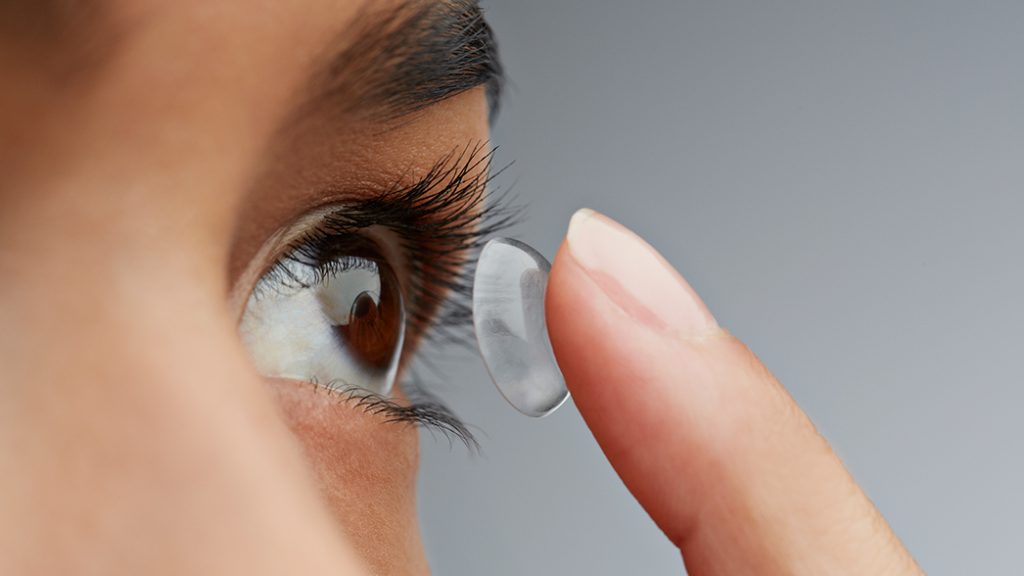Individuals who have common refractive errors such as nearsightedness, farsightedness and astigmatism often rely on wearing prescription contact lenses to provide them clearer vision. Prescriptions are effective short-term solutions to refractive errors; however, the introduction of a foreign object or material to the body is almost never without some degree of risk.
The use of contact lenses – in particular, long-term, regular contact lens wear – can result in a dangerous condition known as Contact Lens Intolerance, or CLI.
Contact Lens Intolerance (CLI): the point at which the eye can no longer tolerate a contact lens that has long been in place and comes to “reject” the foreign body for a variety of reasons.
CLI is an extremely common side effect of contact lens use. In fact, most of the 41 million contact lens wearers in the United States have experienced some form of contact lens intolerance.
To keep eyes healthy and sharp, learn to recognize the signs early. Then work with your eye doctor on safe, comfortable long-term solutions. Read on to learn what to look for and what to do about it.

What are the symptoms of Contact Lens Intolerance?
With CLI, contact lens users may find they can no longer apply contacts or wear them for any length of time without pain, discomfort or injury.
Mild symptoms of CLI include:
- Dryness
- Burning
- Stinging
- Grittiness
- Irritation
- Inflammation
- Redness
In serious cases, CLI can result in infections, or even corneal abrasions and ulcers.
What causes CLI?
- Dry eye
- Eye allergies
- Contact lenses that do not fit properly
- Overuse of contacts
- Poor contact lens hygiene
With the prevalence of these contributing factors in society, contact lens intolerance continues to increase.

Can CLI be cured?
At Modern Vision Solutions, patients undergo a series of in-depth diagnostics to determine the ideal approach to address their CLI. We can treat the symptoms of CLI and help determine and possibly avoid what triggered it in the first place.
After CLI is maximally treated, you may be able to return to contacts, or consider upgrading to a more natural solution such as a vision correction procedure.
Remember, red, irritated eyes, ongoing dry eye symptoms, pain, and swelling are not normal and shouldn’t be ignored. If you experience any of these symptoms, you may be contact lens intolerant. We invite you to come in for a thorough eye evaluation to find out. Our team will work with you on alternative vision correction options that are best for you, your eye health, and vision.

Dr. Megan Anderson is the lead optometrist at Modern Vision Solutions in Omaha, NE. She completed her Residency in Refractive Surgery and Primary Care and holds a Doctor of Optometry degree from the University of Missouri – St. Louis College of Optometry St. Louis, MO. She is a member of the American Optometric Association, American Academy of Optometry, and the Nebraska Optometric Association. Dr. Anderson has had experience in multiple refractive surgery and optometry practices. She has served as a teaching assistant in Clinical Optometry I, II, & III courses. Our patients love her incredible empathy.




